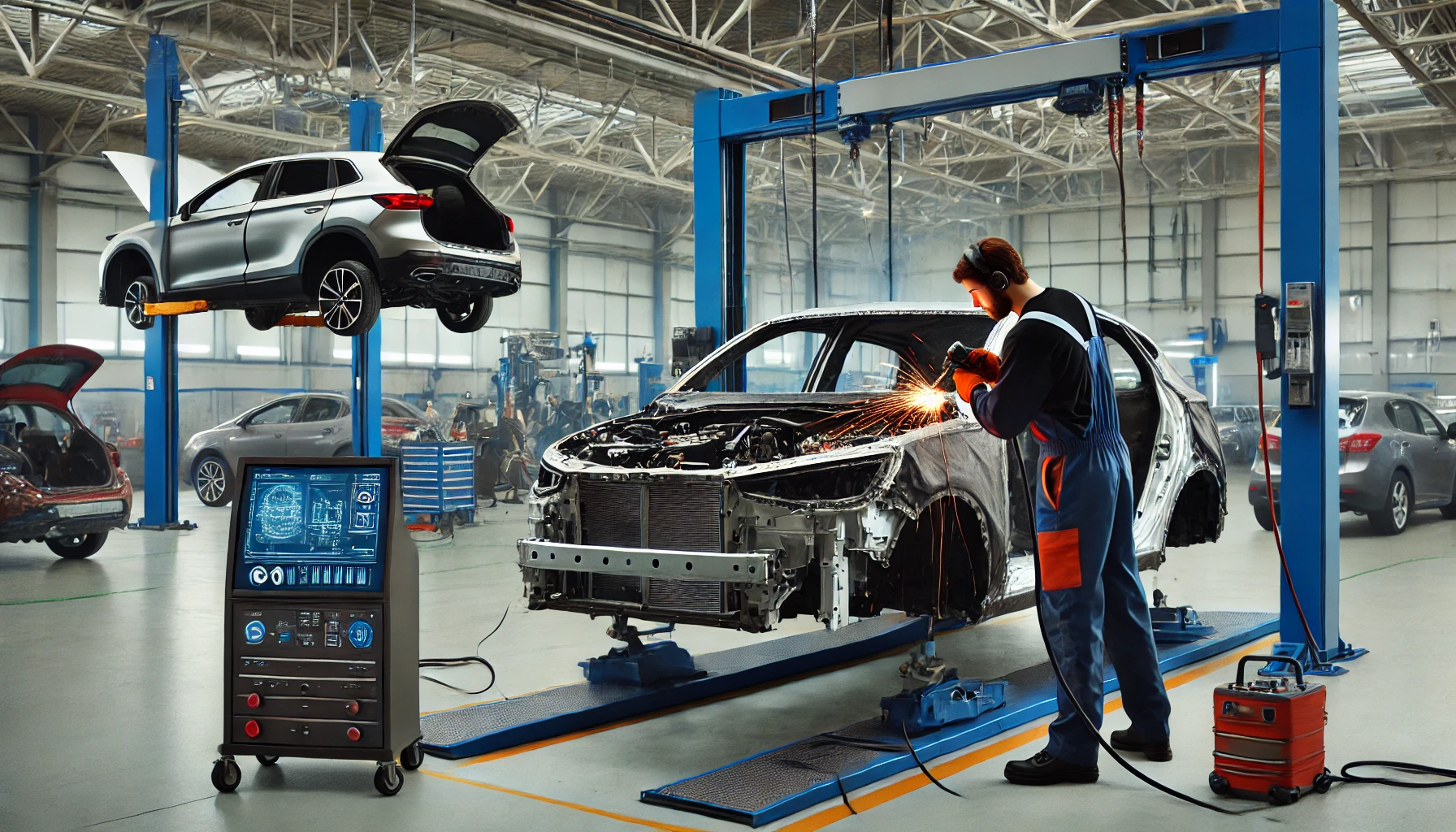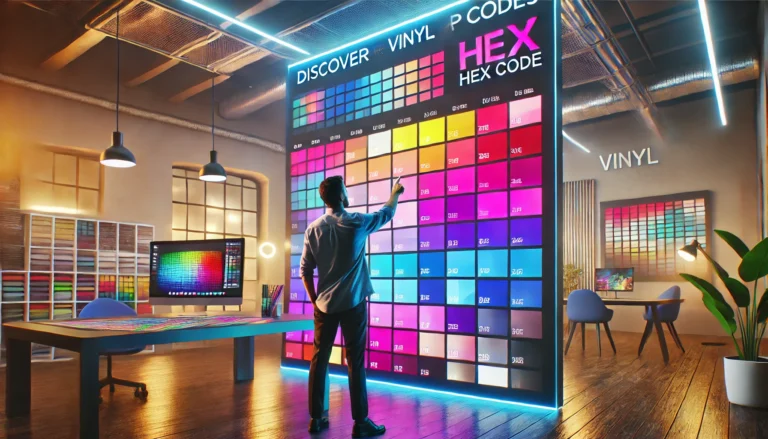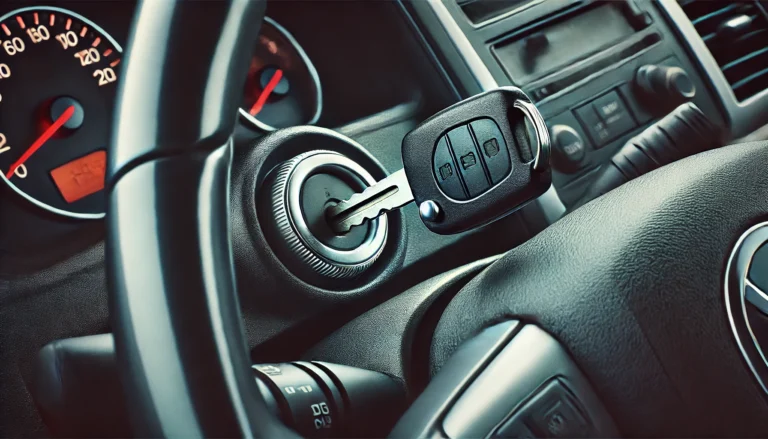In today’s fast-paced world, the automotive industry is constantly evolving, and so is the need for skilled professionals who can keep vehicles running smoothly. Among the most critical roles in this industry is that of an Automotive Collision Technology Technician. These technicians play a vital role in restoring vehicles damaged in accidents, ensuring they look and function as well as new. But what exactly does their job entail? Let’s take a deeper dive into this fascinating career.
The Role of an Automotive Collision Technology Technician
An automotive collision technician is a specialist who repairs and restores vehicles that have been damaged in accidents. Their job isn’t just about aesthetics; it’s about making sure the car is safe to drive again. They perform everything from bodywork to structural repairs, ensuring the vehicle meets safety standards.
Primary Responsibilities
The main responsibilities of a collision technician include:
- Assessing damage and providing estimates for repair costs.
- Removing damaged parts and repairing or replacing them.
- Straightening bent frames and aligning vehicle bodies.
- Sanding, painting, and refinishing surfaces to match the original design.
- Conducting post-repair inspections to ensure quality and safety.
Key Skills Required
To succeed, a technician needs a diverse skill set:
- Technical expertise: Understanding the mechanics and body structure of various vehicles.
- Attention to detail: Small errors in repair can compromise safety.
- Problem-solving abilities: No two accidents are the same; solutions must be tailored.
- Customer service skills: Interacting with clients, explaining damages, and managing expectations.
Specializations within the Field
Some collision technicians choose to specialize in particular areas, such as:
- Paintless dent repair (PDR)
- Glass repair and replacement
- Frame straightening
- Electric and hybrid vehicle repair
Education and Training Requirements

Formal Education: Certifications and Degrees
While it’s possible to enter the field without a college degree, most employers prefer candidates with formal education in automotive repair. Vocational schools, technical institutes, and community colleges often offer Automotive Collision Repair Technology courses. These programs typically cover:
- Auto body construction
- Welding techniques
- Painting and refinishing
- Estimating damage costs
Hands-On Training and Apprenticeships
Beyond classroom learning, hands-on experience is crucial. Many technicians start as apprentices, working under experienced professionals to learn the trade’s ins and outs. This practical experience is invaluable.
Continuing Education and Special Certifications
Given the fast-changing nature of automotive technology, ongoing education is essential. Certifications such as those from the Automotive Service Excellence (ASE) and I-CAR (Inter-Industry Conference on Auto Collision Repair) are highly respected in the industry.
Tools and Technology Used in Collision Repair
Advanced Tools for Diagnosis and Repair
Technicians use a variety of specialized tools, including:
- Laser frame alignment machines to correct structural damage.
- Dent pullers and other devices to restore panels to their original shape.
- HVLP paint guns for precise, eco-friendly painting.
Computer-Aided Systems and Software
Modern vehicles are increasingly computerised, so technicians rely on software for diagnostics, paint matching, and even repair blueprints. Computer-aided design (CAD) systems are often used to assess the damage and plan repairs.
Importance of Staying Updated with New Technologies
As cars become more complex, collision technicians need to stay updated on the latest advancements, such as:
- Advanced Driver-Assistance Systems (ADAS)
- Electric and hybrid powertrains
- 3D printing for parts manufacturing
Key Processes in Automotive Collision Repair
Damage Assessment and Estimation
The first step in any repair process is evaluating the damage. Technicians use visual inspection and diagnostic tools to estimate repair costs accurately.
Repair Planning and Blueprinting
Once the damage is assessed, technicians create a detailed plan for the repair, outlining the steps, parts needed, and timeline.
Frame Alignment and Structural Repair
For serious accidents, frame damage is typical. Technicians use advanced alignment machines to restore the vehicle’s structure to factory specifications.
Paint Matching and Refinishing Techniques
One of the most visible aspects of collision repair is paintwork. Technicians use computerized paint-matching systems to ensure the repaired area blends seamlessly with the rest of the vehicle.
Safety and Compliance in Collision Repair
Understanding OSHA Regulations
Safety is paramount in an auto body shop. Technicians must adhere to OSHA standards for personal safety and environmental protection, including proper safety gear.
Safety Protocols in the Workshop
From handling hazardous materials to using heavy machinery, there are numerous safety protocols to follow. Regular inspections and training help ensure a safe workplace.
Environmental Concerns and Green Repair Practices
With a growing emphasis on sustainability, many shops are adopting green repair practices, such as water-based paints and recycling materials.
Challenges Faced by Automotive Collision Technicians
Complexities of Modern Vehicle Design
Modern vehicles are increasingly sophisticated, integrating new materials like carbon fibre and aluminum, which require different repair techniques.
Balancing Speed and Quality
Customers expect quick repairs, but technicians must balance speed with the need for high-quality, safe repairs.
Physical Demands of the Job
Collision repair can be physically demanding, requiring technicians to work in awkward positions, lift heavy parts, and use manual tools for extended periods.
The Future of Automotive Collision Technology
Impact of Electric Vehicles and Autonomous Cars
As electric vehicles and self-driving cars become more common, technicians must learn new systems and repair techniques.
The Role of Artificial Intelligence in Diagnosis and Repair
AI is being introduced to help with diagnostics, making the repair process faster and more efficient.
Sustainability and Eco-Friendly Practices
The industry’s future will see more emphasis on sustainability, with eco-friendly materials and energy-efficient repair methods becoming the norm.
Certification and Professional Development
Importance of ASE Certification
ASE certification is the gold standard in the automotive industry, demonstrating a technician’s competence.
Specialized Certifications (e.g., I-CAR, OEM Certifications)
I-CAR and OEM-specific certifications help technicians specialize in specific brands or repair techniques, adding value to their skill set.
Benefits of Joining Professional Organizations
Professional groups like NASTF (National Automotive Service Task Force) offer resources, networking, and continuing education opportunities.
Career Outlook and Opportunities
Job Demand in the Industry
The demand for collision technicians is expected to grow due to the increasing number of vehicles on the road and the complexity of modern repairs.
Average Salary and Potential for Growth
According to recent data, automotive collision technicians earn between $40,000 to $70,000 annually, with opportunities for specialization increasing earning potential.
Opportunities for Specialization
Technicians can further their careers by specializing in high-end vehicle repair, custom paint jobs, or electric vehicle maintenance.
Traits of a Successful Automotive Collision Technician
Attention to Detail
Repairing a car after a collision requires precision. A single overlooked detail can affect the vehicle’s performance or safety.
Problem-Solving Skills
Every vehicle comes with its unique set of challenges, requiring innovative solutions and technical knowledge.
Customer Service and Communication
A great technician not only fixes cars but also communicates effectively with clients, explaining the repairs in a way that’s easy to understand.
How to Choose the Right Training Program
Factors to Consider: Accreditation, Curriculum, Job Placement
When selecting a training program, consider its accreditation, the comprehensiveness of its curriculum, and whether it offers job placement assistance.
Top Training Schools and Institutes
Some top programs include those offered by Universal Technical Institute (UTI) and Lincoln Tech, which are highly regarded in the industry.
Day in the Life of an Automotive Collision Technician
A Typical Workday Breakdown
A typical day involves assessing damaged vehicles, ordering parts, completing repairs, and performing post-repair inspections.
Types of Vehicles Worked On
Technicians work on everything from compact cars to large trucks, with opportunities to specialize in high-performance or luxury vehicles.
Interaction with Other Industry Professionals
Technicians frequently interact with insurance adjusters, parts suppliers, and customers, requiring strong communication skills.
Impact of the Job on Personal and Professional Life
Physical Demands and How to Stay Fit for the Job
Due to the job’s physical demands, technicians often need to stay fit and practice ergonomics to prevent injury.
Balancing Career and Personal Life
While the job can be physically demanding, mostly Automotive Collision Technology Technician find a good balance between their professional duties and personal lives, especially as they gain experience.
Conclusion
A career as an Automotive Collision Technology Technician offers both challenges and rewards. From working with cutting-edge technology to ensuring the safety of drivers, this profession plays a vital role in the automotive industry. With the right education, training, and dedication, a career in this field can be financially rewarding and personally fulfilling.
FAQs
What is the difference between an auto mechanic and a collision technician?
While mechanics focus on vehicle systems and performance, collision technicians focus on body repair after accidents.
How long does it take to become a certified collision repair technician?
It typically takes 1 to 2 years, including classroom instruction and hands-on experience.
Are there special certifications needed to work on electric or autonomous vehicles?
Specialized training in electric vehicle systems and ADAS (Advanced Driver Assistance Systems) is increasingly important.
Is this career path in high demand, and is it sustainable in the long term?
Yes, the demand for collision technicians is expected to grow, particularly with the rise of electric and autonomous vehicles.
What kind of salary can a collision repair technician expect?
Salaries vary, but most technicians earn between $40,000 and $70,000 annually, with the potential for more in specialized areas.








